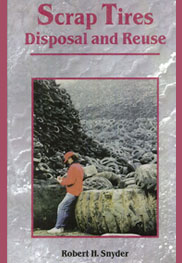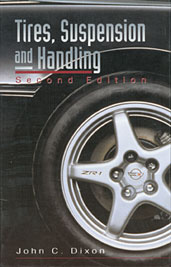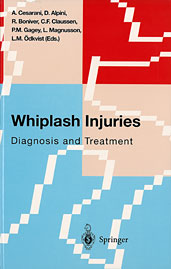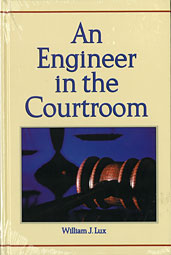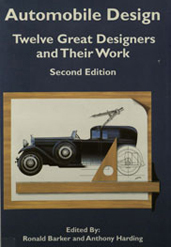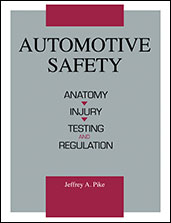Book

Riding on Air
1999-10-15
Riding on Air covers the history of air suspension, from the earliest patents in the mid-19th century to more current developments. Beginning on buses, air suspension expanded into passenger rail vehicles, only to be followed by a crashing failure on passenger cars. But after several precarious years, air suspension began to win almost universal acceptance on trucks and trailers, and then in mass transportation, eventually making a successful return to passenger cars.




